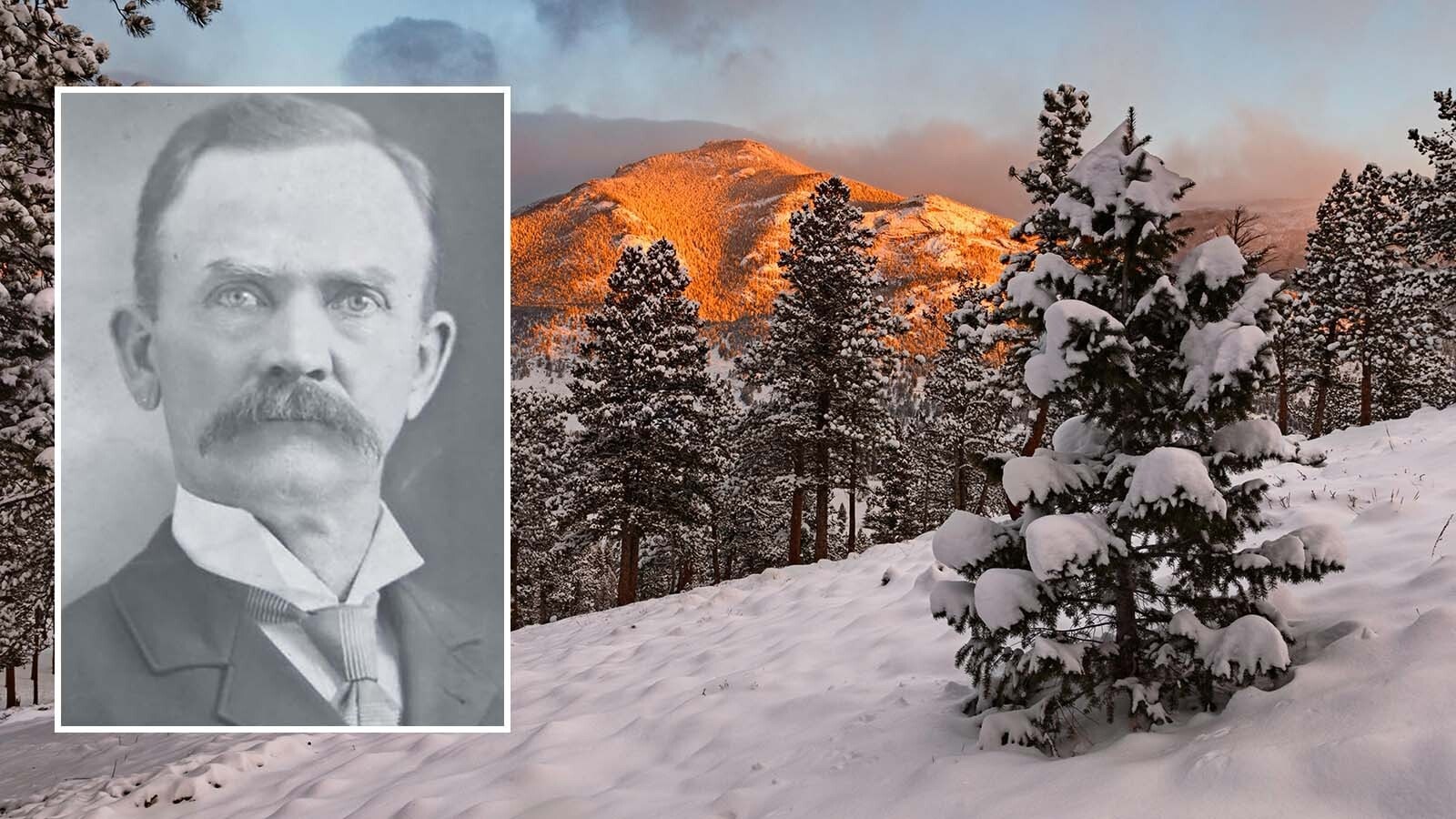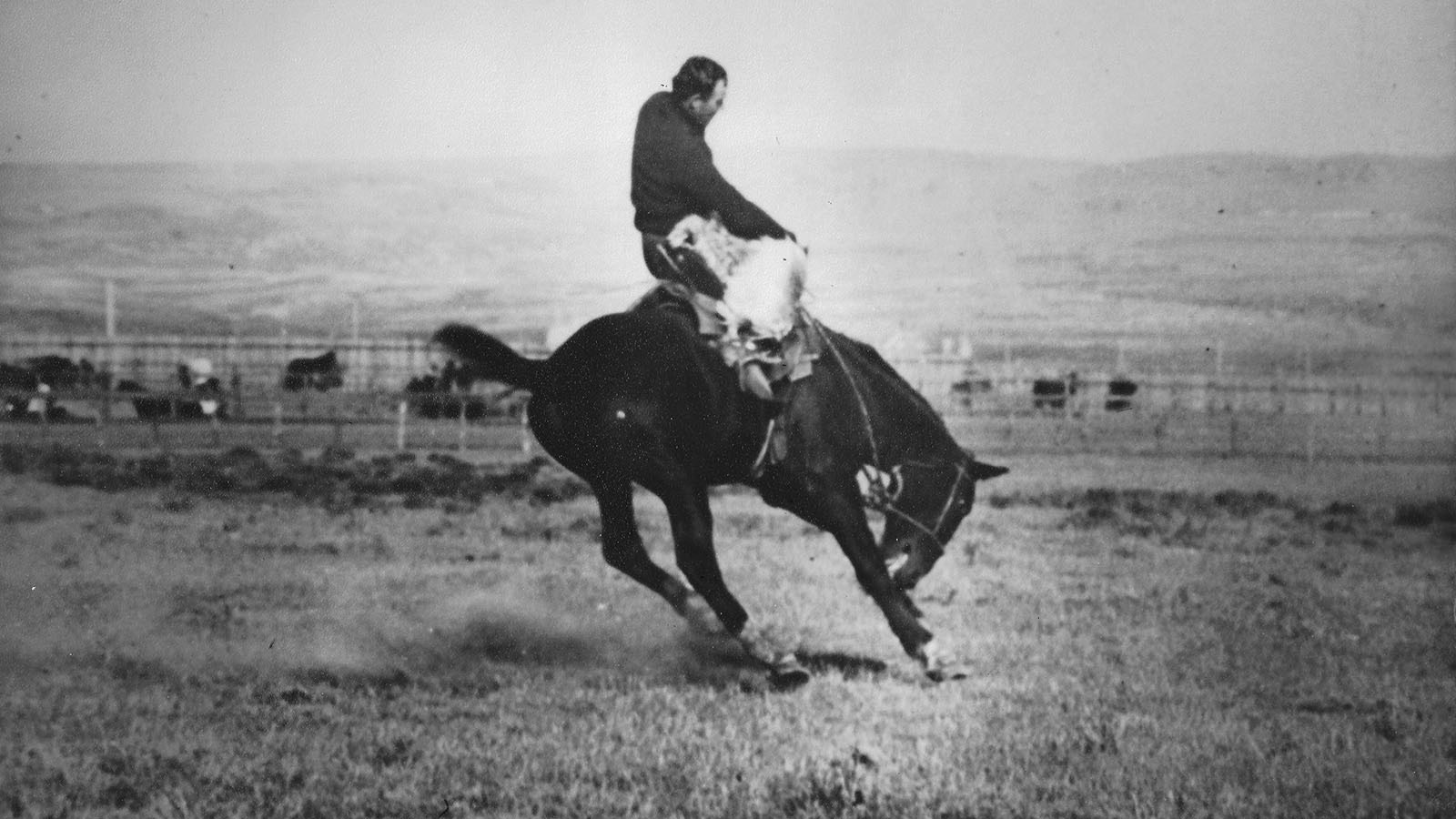Few men saw as much of the West in the early decades of the 1800s as Irish immigrant Thomas Fitzpatrick. He was one of the first hundred men in St. Louis to join the ranks of men hired by William Ashley and Major Andrew Henry to begin the mountain trade of beaver trapping in 1823.
Fitzpatrick received an introduction to the perils of the West that year in a confrontation with Arikaras on the Missouri River. After surviving the fight, he continued on into central Wyoming and wintered in the Wind River valley with Bible-toting mountain man Jedediah Smith.
In the spring of 1824, Fitzpatrick, Smith, and others crossed South Pass, the break in the Rocky Mountains that had been identified by Robert Stuart in 1812 as a way to breach the Continental Divide.
Once across the backbone of the continent, Fitzpatrick and his companions began trapping in the Green River country.
Supplying Rendezvous
Fitzpatrick would take part in the first mountain man rendezvous in 1825. He later took charge of the fur brigade hauling goods from St. Louis to the annual rendezvous. This operation supplied the trappers who remained in the West, trapping beaver in the cold mountain streams.
In 1830 Fitzpatrick and four fellow fur trappers, Jim Bridger, Milton Sublette, Henry Fraeb, and Jean B. Gervais, purchased the Rocky Mountain Fur Company from Jedediah Smith, David Jackson, and William Sublette. Fitzpatrick became the head of the organization.
Later with Bridger, Sublette, Andrew Drips, and Lucien Fontenelle he formed Fontenelle, Fitzpatrick, and Company.
Fitzpatrick spent time trapping, hauling the beaver pelts to St. Louis, and purchasing supplies and transporting them back to the Rockies for distribution at the annual rendezvous.
Hostile Encounters
In 1832 he was returning from St. Louis to the rendezvous in Pierre’s Hole when he had a harrowing encounter with some Gros Ventre and Blackfoot fighters that left him struggling for his life as he managed to escape their wrath.
After this incident his hair turned grey and he became known as “White Hair.” But Fitzpatrick had another—better known—mountain name, “Broken Hand,” given to him by the Indians after his hand was damaged by an exploding rifle.
The encounter with the Gros Ventre and Blackfoott warriors delayed his trip, so he was late to arrive at the gathering in Pierre’s Hole, in the eastern Idaho region now known as Island Park.
William Sublette, who had his own caravan of supplies for the trappers, reached the Pierre’s Hole rendezvous before Fitzpatrick and began distributing goods, picking up pelts from the free trappers as well as some company men.
Fitzpatrick, though late to the annual rendezvous, finally arrived and distributed the goods he had for the men he needed to support. Once the trading had concluded, the trappers set off to return to fur trapping haunts.
Before Milton Sublette traveled far from Pierre’s Hole, his group of men encountered Blackfoot and Gros Ventre warriors leading to a fight that became known as the Battle of Pierre’s Hole. Fitzpatrick took a leadership role during this fight on July 18, 1832. This is the only time during the annual rendezvous that involved hostile interactions with tribal members.
Already known for his understanding of the West, having made multiple trips throughout the region while trapping, Fitzpatrick would guide many people in their own journeys.
Emigrant Vanguard
In 1841 he led Belgian Jesuit Pierre De Smet and a number of emigrants west across Kansas and Nebraska, stopping at the Fort William trading post to resupply before continuing over the route that would become the Oregon Trail and also the California Trail. That post, earlier known as Fort John, would eventually give way to Fort Laramie, located at the confluence of the Laramie and North Platte rivers.
In the group headed west that year was Ezra Meeker, a man who more than half a century later would begin the push to recognize the Oregon Trail, map, and mark it. Also in the party were John Bidwell and John Bartleson, who were bound for California. All of the emigrants were looking for free land where they could forge better lives.
Fitzpatrick continued with them as far as Fort Hall, located near present-day Pocatello, Idaho, where there is a replica of that Hudson Bay Fur Company post. From Fort Hall the Bidwell-Bartleson party struck out toward California.
Guiding Fremont
Two years later Fitzpatrick would become a member of John C. Fremont’s second exploratory trip to the West in 1843-44, which was when he first traveled to California.
Fitzpatrick and Fremont were back in southern Wyoming in 1844. They traveled on a route that crossed present Sweetwater and Carbon counties.
They summited the Continental Divide on June 13, 1844, when Fremont wrote, “With joy and exultation we saw ourselves once more on the top of the Rocky Mountains, and beheld a little stream taking its course towards the rising sun.”
Fremont called that stream “Pullam’s fork,” named, he said, for a trapper who had been killed in the area some years before by Gros Ventre Indians—a fact he may have heard from Fitzpatrick or from Kit Carson.
Dropping down the east face of the Sierra Madre the Fremont party “saw spread out before us the valley of the Platte, with the pass of the Medicine Butte beyond, and some of the Sweet Water mountains; but a smoky haziness in the area entirely obscured the Wind River chain.”
June 14 the men tramped south along east face of the Sierra Madre mountain range. “The country is beautifully watered,” Fremont wrote.
“In almost every hollow ran a clear, cool mountain stream; and in the course of the morning we crossed seventeen, several of them being large creeks, forty to fifty feet wide, with a swift current, and tolerably deep,” Fremont added. “We halted at noon on Potter’s fork—(the Encampment River)—a clear swift stream, forty yards wide, and in many places deep enough to swim our animals.”
By then Fremont’s party had turned south toward “objects worthy to be explored” namely the three parks of Colorado—North, Middle, and South.
They would reach the headwaters of the Arkansas River and turn east following that river out onto the plains to Bents Fort, near present LaJunta, Colorado.
Bents Fort
Fitzpatrick would see much of Bents Fort. He had come through on the Santa Fe Trail earlier in his mountain man career hauling goods intended for the fur rendezvous in 1831 by first going to Santa Fe and Taos. Because of delays, however, no rendezvous took place that year. He returned to Bents Fort with Fremont in 1844, and subsequently guided Steven Watts Kearny and his Army of the West to the fort.
Broken Hand remained with Kearny as he took his army to Santa Fe in 1845, but did not return to California at the start of the Mexican-American War and instead carried dispatches for Fremont to Washington, D.C., where in 1846 he was appointed Indian Agent for the Upper Platte and Arkansas rivers.
In that capacity Fitzpatrick lived and worked at Bents Fort, having a small office in which to conduct business. Today the recreated fort has the small room furnished in a way that it may have been situated when he lived and worked there.
Councils With The Indians
Fitzpatrick held councils with the Cheyenne Indians at the fort in 1847 and the following year met with the tribes who lived along the South Platte River, later advocating establishment of an agency to serve them on that tributary. He was unsuccessful in this effort, but had astonishing success in brokering a treaty conference at Fort Laramie in 1851.
Roughly 10,000 members of the Sioux, Cheyenne, Arapaho, Assiniboin, Gros-Ventre, Mandan, Crow, and Arikara tribes were on hand for the historic gathering known as the Horse Creek Treaty Conference.
It resulted in a demarcation of tribal territory and agreement that the native inhabitants of the region would allow roads—such as the routes to Oregon and California—to cross their lands.
This treaty was the first time tribal groups were gathered in such a large event, and it was the first time they had land identified as specific tribal territories. The treaty would hold for more than a dozen years.
Solid, dependable, fearless, and trusted by Indians and whites alike, Thomas Fitzpatrick made a wide circle in his travels in the West from 1823 until his death in 1854, exploring the length of the Missouri, Platte, Arkansas Rivers on the Atlantic watershed, through the Great Basin, and into Oregon and California.
Candy Moulton can be reached at Candy.L.Moulton@gmail.com





